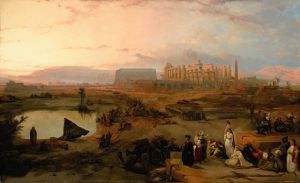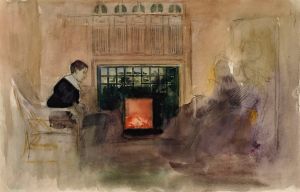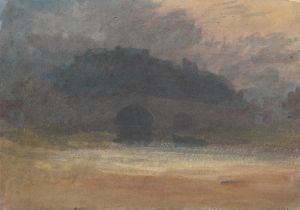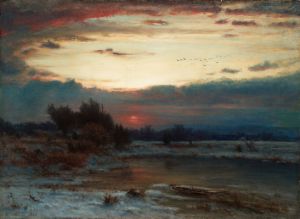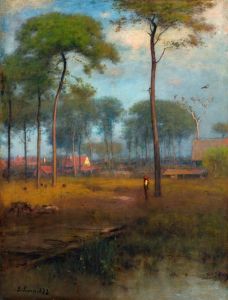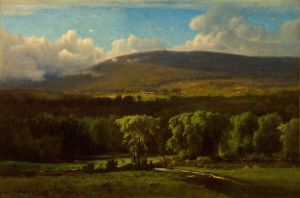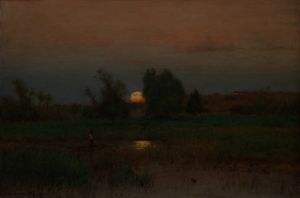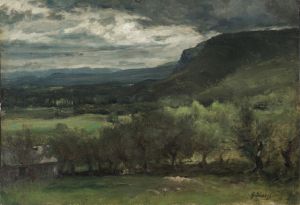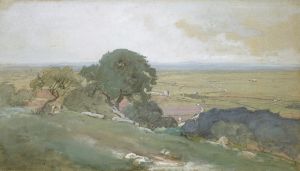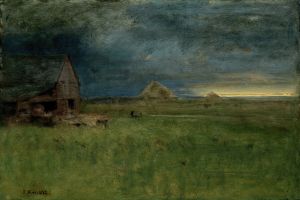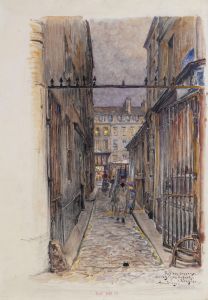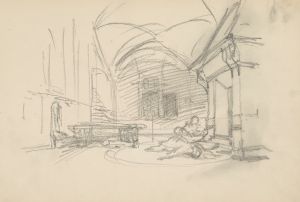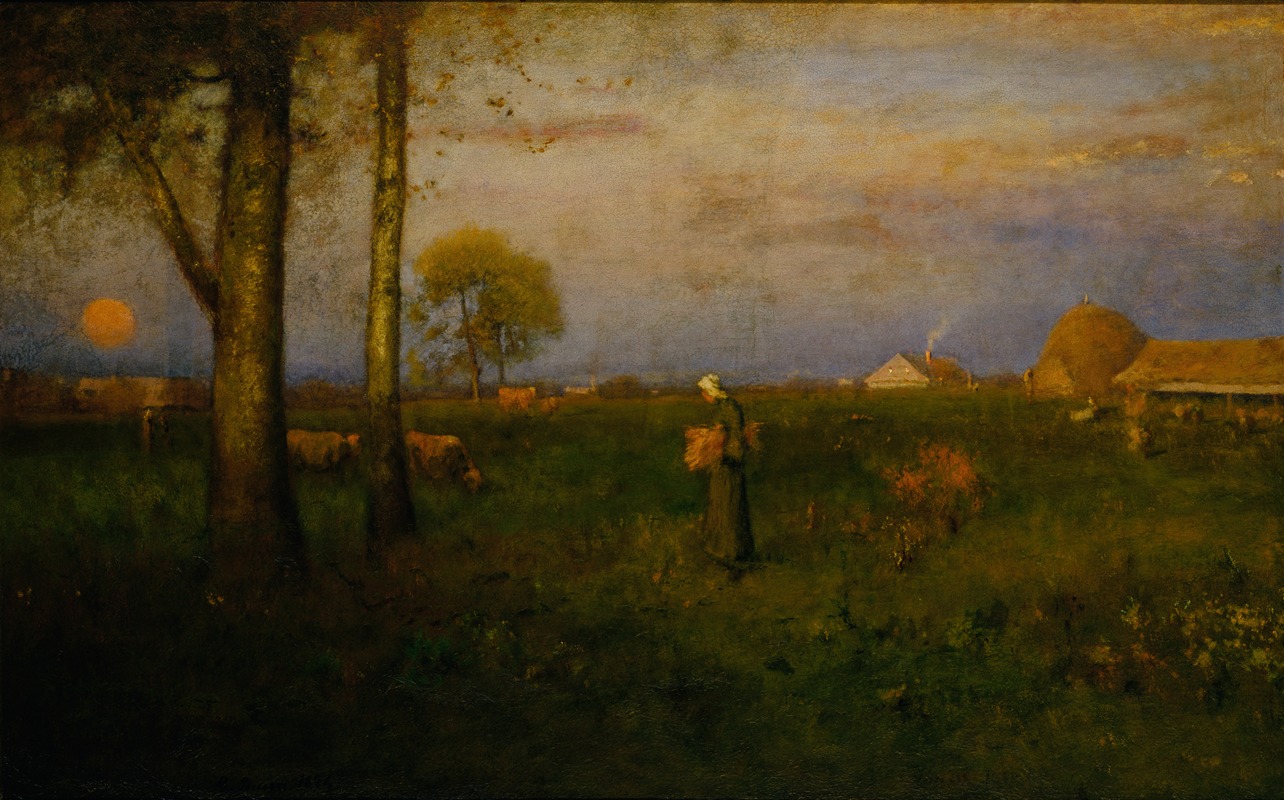
Sundown
A hand-painted replica of George Inness’s masterpiece Sundown, meticulously crafted by professional artists to capture the true essence of the original. Each piece is created with museum-quality canvas and rare mineral pigments, carefully painted by experienced artists with delicate brushstrokes and rich, layered colors to perfectly recreate the texture of the original artwork. Unlike machine-printed reproductions, this hand-painted version brings the painting to life, infused with the artist’s emotions and skill in every stroke. Whether for personal collection or home decoration, it instantly elevates the artistic atmosphere of any space.
George Inness was an influential American landscape painter, born on May 1, 1825, in Newburgh, New York. He is often associated with the Hudson River School, although his style evolved significantly over his career, incorporating elements of the Barbizon school and later, tonalism. Inness's work is celebrated for its emotive use of color and light, as well as its spiritual and philosophical depth.
"Sundown" is one of Inness's notable works, showcasing his mature style that reflects his interest in capturing the transient effects of light and atmosphere. Painted in 1865, "Sundown" exemplifies Inness's shift from the detailed, realistic landscapes of his early career to a more expressive and atmospheric approach. This painting is a testament to his ability to convey mood and emotion through landscape, a hallmark of his later work.
The painting depicts a serene landscape at dusk, with the sun setting on the horizon. Inness employs a warm color palette, using soft, diffused light to create a tranquil and contemplative scene. The composition is balanced, with a harmonious blend of sky, land, and water, inviting viewers to immerse themselves in the peacefulness of the moment. The use of light and shadow in "Sundown" is particularly noteworthy, as it demonstrates Inness's mastery in creating depth and dimension, drawing the viewer's eye across the canvas.
Inness was deeply influenced by the philosophical and spiritual ideas of Emanuel Swedenborg, a Swedish theologian whose writings emphasized the connection between the physical and spiritual worlds. This influence is evident in "Sundown," where Inness seeks to transcend mere representation and evoke a sense of the divine presence in nature. The painting reflects Inness's belief that art should not only depict the external world but also express the inner spirit and emotions of the artist.
Throughout his career, Inness was committed to exploring the relationship between nature and the human experience. His landscapes often convey a sense of unity and harmony, inviting viewers to reflect on their own connection to the natural world. "Sundown" is a prime example of this philosophy, as it captures a fleeting moment of beauty and tranquility, encouraging contemplation and introspection.
George Inness's contribution to American art is significant, as he helped to shape the development of landscape painting in the United States. His innovative use of color, light, and composition influenced subsequent generations of artists, and his work continues to be celebrated for its emotional depth and spiritual resonance. "Sundown" remains an important piece within Inness's oeuvre, exemplifying his mature style and his enduring quest to capture the essence of nature's beauty.
Inness passed away on August 3, 1894, in Bridge of Allan, Scotland, leaving behind a legacy of over 1,000 paintings. His work is held in numerous prestigious collections, including the Metropolitan Museum of Art, the National Gallery of Art, and the Art Institute of Chicago, ensuring that his vision and artistic achievements continue to inspire and resonate with audiences today.






